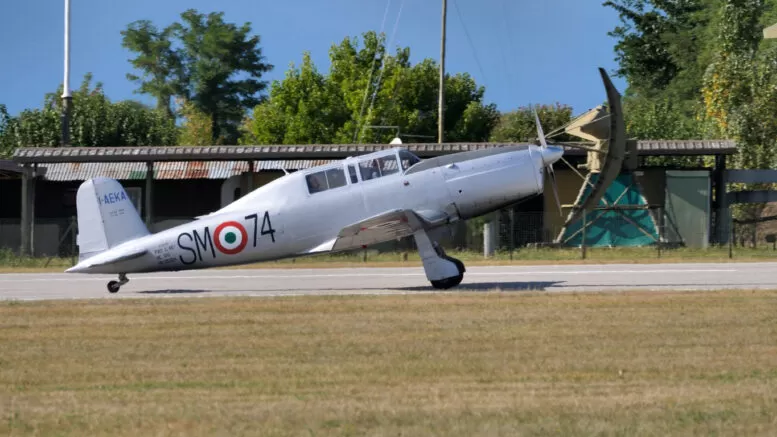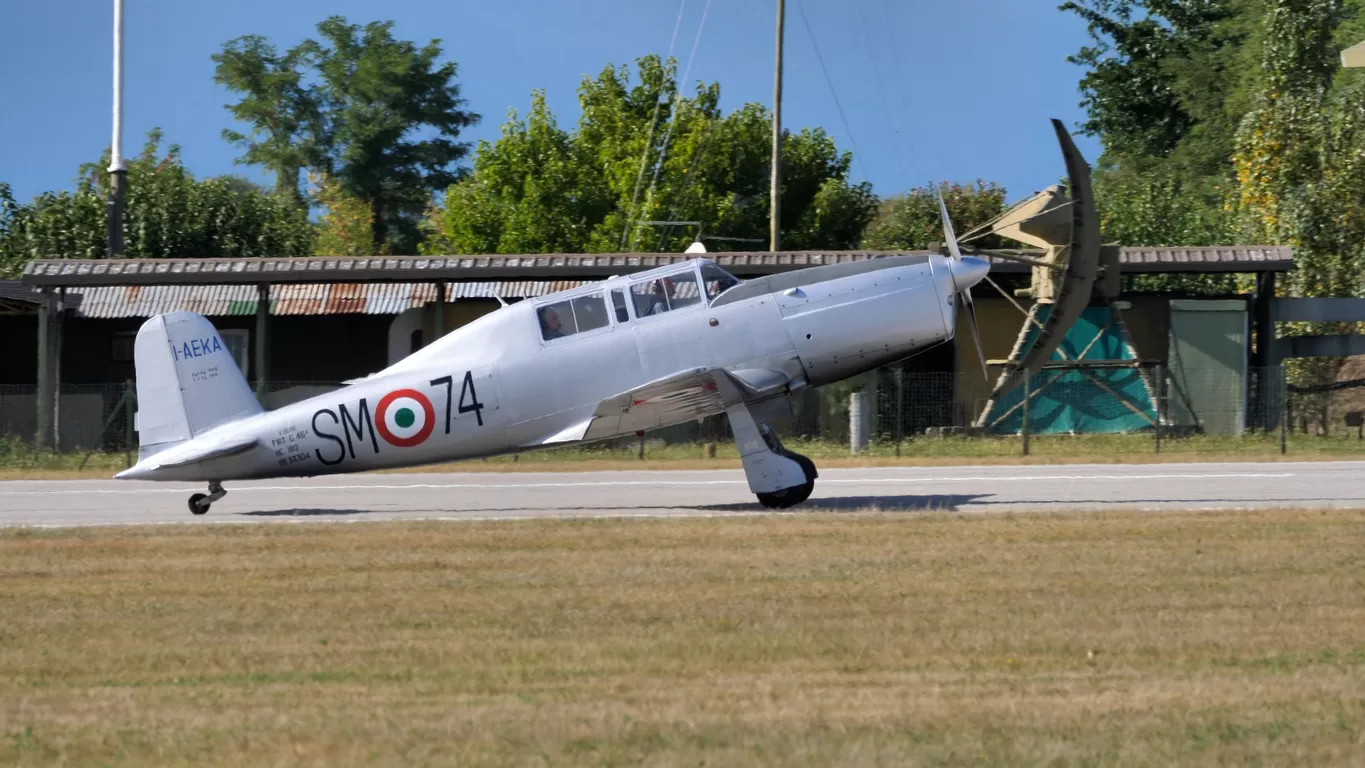Mastering tailwheel flying as a beginner means understanding how it works and developing a set of unique skills. This is due to the location of the landing gear relative to the center of gravity. Hiring a qualified instructor and practicing consistently can equip you to handle the aircraft on clear and windy days. Mastering tailwheel flying will help you feel safe both in the air and on the ground.
Tailwheel flying can be a very rewarding experience, but it can also come with a lot of challenges. After all, it does require a specific set of skills to make it from takeoff to landing safely and successfully.
This article offers valuable tips for beginners who want to master tailwheel flying.
How to Fly a Tailwheel Airplane
So, what makes tailwheel flying so different anyway? While there are several key differences, perhaps the biggest is where the main landing gear is in regard to the center of gravity.
Tailwheel aircraft have the landing gear positioned ahead of the center of gravity, causing a great amount of instability when on the ground, including takeoff and landing. Constant rudder input is required to maintain proper control. Without it, pilots can easily find themselves in a ground loop.
A couple of other challenges include a higher angle of attack during the takeoff that causes yaw and engine rotation that creates an equal and opposite force that may cause the aircraft to roll to the left.
Let’s take a look at what it means to fly a tailwheel aircraft.
Always Take the Time for Pre-Flight Preparation
It is important to familiarize yourself with the aircraft before you move the aircraft as each model is a bit different. Be sure to examine the plane on the outside as well as in the cockpit to gain a clean understanding of its layout and system.
Be sure to gather important weather info as well so that you know how best to maintain control.
Have the Right Takeoff Technique
Having the right technique for takeoff is crucial when it comes to tailwheel flying. This will help you to maintain control and move in the proper direction. Continuous rudder inputs are necessary to counteract the P-factor, torque, and gyroscopic precession.
You want to move forward with gentle movements.
Note These In-Flight Considerations
Once you are flying high, you will notice that tailwheel flying is quite similar to other aircraft. But you will want to pay attention to your flight path. Crosswind correction can be handled by using aileron and rudder inputs consistently — especially during turns.
Knowing How to Land is Key
Landing a tailwheel can be complicated. You will have to be very careful and precise, being sure to touch down the main wheels first before the tailwheel. This will help you to maintain the greatest level of control when there are crosswinds.
Of course, if the winds are calm, then go for a three-point landing, one in which all wheels touch down simultaneously.
Make Safety a Top Priority
Finally, at all times, safety should be your number one priority. Always take the time to go through the steps so that you know exactly what you are flying and how to manage it. The more time you take mastering tailwheel flying, the greater the level of safety and security you will have.
Mastering Tailwheel Flying
Learning how to fly a tailwheel aircraft doesn’t have to be tough as long as you set yourself up for success. It requires consistent practice and a lot of patience. Here is how you can become a master at tailwheel flying – even if you are a beginner.
Find a Qualified Instructor
Tailwheel flying is not a DIY lesson you teach yourself as there is too much risk involved. Not to mention that without it you may find yourself stuck in a ground loop— leaving bystanders scratching their heads.
With a qualified, experienced instructor, you will get personal training that properly equips you with every step you need to take for successful tailwheel flying. Expect hands-on training and feedback to ensure you know exactly what to do.
Seeking out this instructor should be your first step.
Start with Ideal Conditions
To start your training, consider flying on a day when the conditions are good. That means calm winds and clear skies. This will help you to get a grip on tailwheel flying before you find yourself in a more challenging arena.
Without distractions, it will be easier to listen and learn the basics from the instructor.
Practice in Various Conditions
Once you become comfortable tailwheel flying in perfect conditions, it is best to practice in those that are less-than-ideal. You cannot truly know how to handle this type of aircraft unless you have experienced some challenges.
Work with your instructor in various wind conditions. The more you do this, the greater opportunity you have to know how to handle the aircraft regardless of what comes your way.
Practice, Practice, Practice
The biggest instability with tailwheel flying happens on the ground. This is why it is so important that you practice often so that you know how to keep the aircraft moving in the direction you want it to.
It is always a good idea to practice ground reference maneuvers, too, such as S-turns and rectangle courses in order to strengthen your control coordination.
Be Patient
Tailwheel flying may be much different than you are used to, but it is not so difficult once you get used to it. There will be challenges, but you will overcome them as long as you continue to practice regularly.
Remember, tailwheel flying is a skill that you have to hone. And, with time, you will master it.
See Tailwheel Flying in Action at Wings Over Camarillo 2025
If you have ever wanted to see and learn about aviation, you must know where to go. Wings Over Camarillo exhibits many different aircraft for you to experience, both in the air and on the ground. And you are bound to witness some tailwheel flying, too.
Ready for the ultimate experience? Save the date — August 16-17, 2025 so that you can secure your tickets.
Conclusion
Although eventually very rewarding, mastering tailwheel flying can be challenging. This is especially true when moving about on the ground and during takeoffs and landings. Learning the skills you need from an experienced instructor, practicing consistently, and having a lot of patience will help you easily navigate tailwheel flying and master it.
Ready to Soar with Us?


